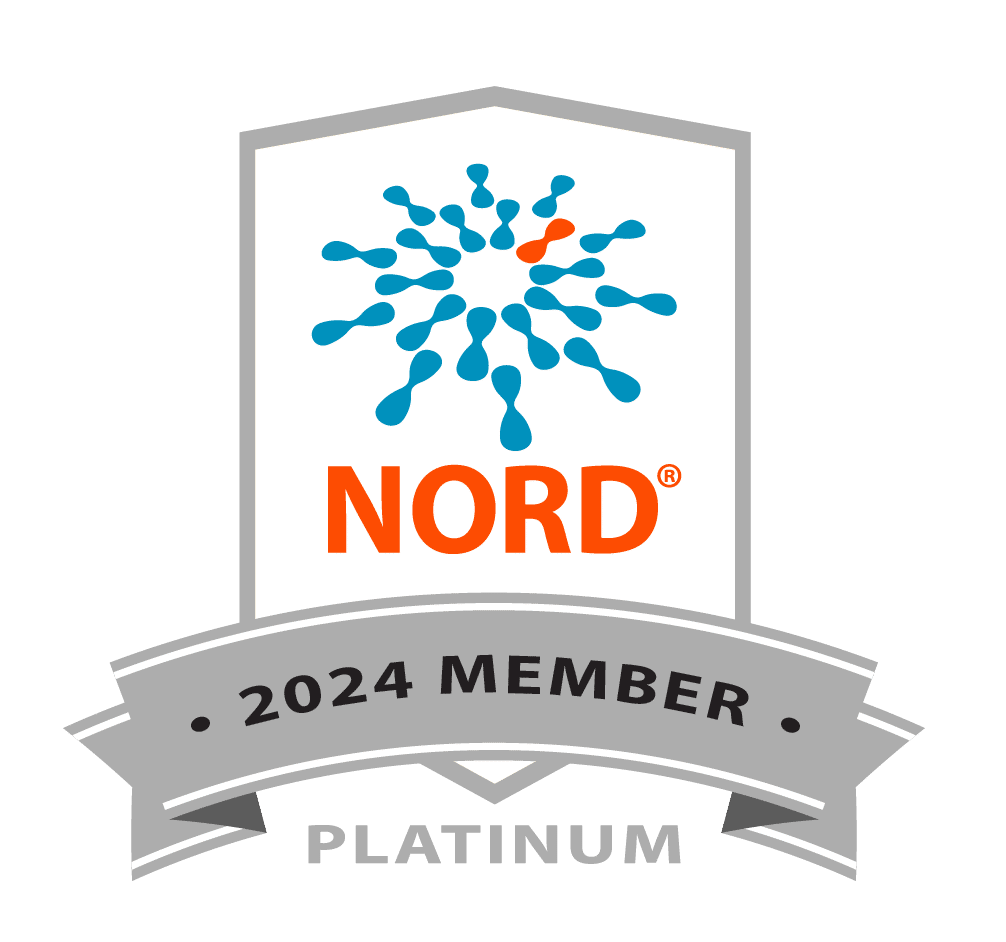Amita Sehgal, Perelman School of Medicine, University of Pennsylvania, Philadelphia, PA 19104
Sleep is controlled by a homeostatic system that drives the need to sleep and a circadian system that imposes a ~24hour rhythm on sleep and wake. Ras-MAPK signaling has been implicated in both these systems in multiple species. Using a Drosophila model, we found several years ago that loss of the Neurofibromatosis 1 gene results in loss of circadian rhythms of sleep:wake. We showed also that the mutant phenotype results from increases in Ras-MAPK signaling, which was the first demonstration that Drosophila NF1 signals through Ras-MAPK. Because the central clock was unaffected in NF1 mutants we attributed the arrhythmic phenotype to an effect on output from the clock. Other studies, done in mammals and fungi, supported a role for MAPK signaling in circadian output and mammalian work was indicated a function in light input to the clock. However, recent work indicates that NF1 may also directly affect sleep. Following up on our Drosophila work, Johnson et al1 found that children afflicted with NF1 have sleep disturbances. While it can be difficult to distinguish between circadian and homeostatic influences on sleep in patients, our recent fly work also indicates an effect of NF1 on the homeostatic control of sleep.




